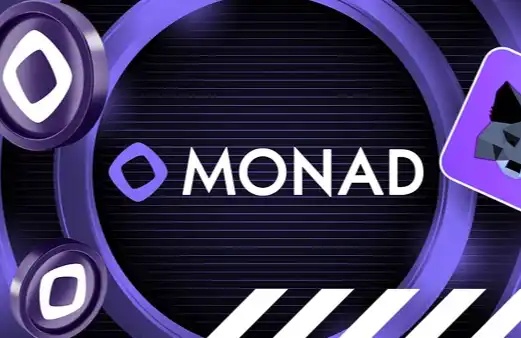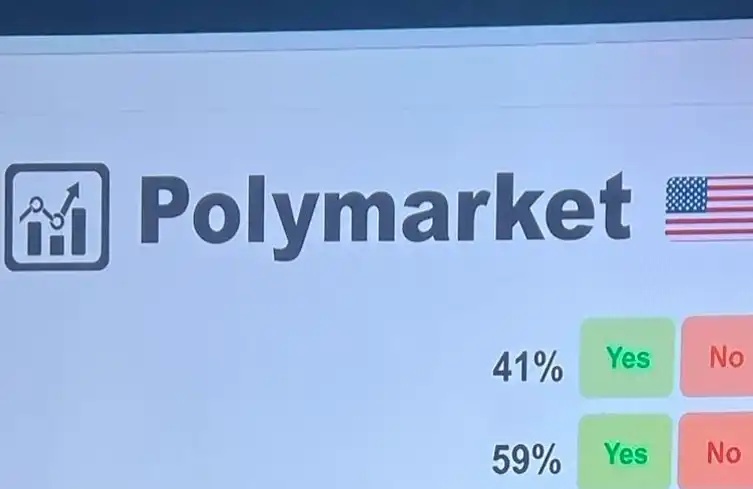Haun Ventures: Not all Web3 projects need to be fully decentralized
Original title: "Business-Governance Fit——When to Choose Decentralized Governance"
Original author: ahnchrisj @HaunVentures
Original compilation: Bi Depan @BlockBeats
In the past In corporate governance, people can only contribute with the proper license, usually through employment. For some crypto-native projects born in Web3, people began to pay attention to decentralized governance, which allows anyone to contribute without permission, which will also produce more than those projects that are built solely for rapid response. Long-lasting, more valuable results.
However, not all projects need to be decentralized, how to choose a suitable decentralized and what trade-offs are made in terms of implementation complexity? Chris Ahn, partner at Haun Ventures and former Morgan Stanley analyst, discussed in this article, and the translation of BlockBeats is as follows:

初创公司They are often obsessed with how to achieve product-market fit and business model fit, but they seldom discuss the relationship between business and corporate governance. And Web3 has brought renewed attention to the previously neglected concept that certain governance models may only be better suited for specific projects.
For non-encrypted native projects, choosing the right governance model is relatively simple, what needs to be done The tradeoffs are basically well known. Even non-experts can answer whether a project will benefit from public or private governance, and whether it is for-profit or not-for-profit. For crypto-native projects, the decision is more complicated because they must consider a new core: decentralization.
Decentralized governance allows anyone to contribute without the permission of a central authority .
As with corporate governance in the past, decentralized governance has different tradeoffs. However, contrary to popular belief, while it is a tool that can benefit some Web3 projects, founders should weigh whether their projects can really benefit from decentralized governance.
Previous Governance Model
Historically, governance decisions have often been based on two considerations: for-profit versus non-profit, and public versus private governance.

- A public for-profit corporation like Apple has a dispersed shareholder base that elects a board of directors to govern it;
- In contrast, private for-profit companies such as Fidelity have a more concentrated shareholder base and have historically been largely family-owned;
- Public non-profit entities such as public universities and hospitals are governed by boards of directors, of which More than 50% of the directors must not be associated with the organization. Also, profits cannot be distributed outside the organization;
- Private non-profit entities like the Gates Foundation typically have a limited number of donors and do not require outside board directors.
The most striking feature of these past governance models is that people can only do contribution, usually through employment.
It is impossible for someone to simply contribute to the project. If you want to contribute (aka work) to Apple, Fidelity, a university, or the Gates Foundation, you must first earn its trust by working hard to become an employee.
In 2018, when MakerDAO decided to hold When the first public MKR vote began, it began an experiment in decentralized governance.
Since then, some of the most famous projects in Web3 have also adopted decentralized governance , including Uniswap ($7.4 billion), Compound ($5.21 billion), Aave ($1.4 billion), Curve ($4.1 billion) and dYdX ($2 billion). These five projects alone account for over $15 billion in fully diluted market capitalization (as of July 25, 2022), and many more valuable decentralized projects are on the way.
Advantages of a suitable governance model
Choosing the right governance model is a critical decision for founders, as a suitable governance model can serve as a strategic advantage that will communicate Two key signals:
1) Commitment
When a business chooses governance When modelling, it conveys the values, mission of the organization.
Imagine the difference between Facebook Messenger and Signal. Signal's status as a nonprofit reinforces its value proposition as a user-first, privacy-preserving service, because it's clear it has no ulterior motives. For this reason, many users trust and remain loyal to Signal. Even with equivalent features and strong network effects, the one dimension where Facebook Messenger cannot compete with Signal is its mission.
2) Decisions
Each governance model has its own decisions The framework that dictates who makes decisions at each level.
For example, public organizations are ultimately accountable to a board of directors that represents the broader shareholder base, while private organizations are responsible to its major shareholders. Decisions made at board meetings tend to be high-level, while strategic and tactical decisions to execute against the high-level direction set by the board are left to employees.
The meaning of decentralized governance
Decentralization is a unique governance mechanism because it invites anyone to contribute without permission.
So why would an organization "hire more mediocre cooks in the kitchen"? Using the same framework as above, decentralized governance also conveys the following two key messages:
1) Commitment
It expresses a desire to align with the organization's user community to the greatest extent possible.
In the previous governance structure, users could at most pass Contribute to the project by providing product feedback in designated channels or by voting on specific shareholder resolutions. Whereas decentralized governance invites anyone to contribute, these projects come together to directly involve their communities in what and how they develop.
2) Decision-making
Decentralized governance combines decision-making and executive power Handover to communities at all levels.
The community decides which changes to implement by voting on proposals, it can also make suggestions and Execute improvements, including detailed steps for product improvements that would otherwise be in the hands of employees alone.
Furthermore, the case of decentralized governance is similar to that of public permissionless databases such as blockchain )Case. While the latter is slower and more costly than centralized governance, there is one aspect where permissionless participation is unique in that it unlocks a whole new value proposition that was not possible before.
On the other hand, decentralized governance has also received a lot of criticism, more participation The latter means a less efficient organization. This criticism is undoubtedly correct, an organization of 5 decision makers has 10 possible communication channels, while an organization of 100 decision makers (a 20-fold increase) may have 4,950 (495-fold increase), compared to More people in line will multiply the burden.
This is why politically, authoritarian countries make decisions faster than democracies , and in business, private companies tend to be more flexible than public companies.
And one way to justify decentralized governance is to answer the question: Should an organization optimized for diverse viewpoints compete with an organization optimized for rapid decision-making?
For those fortunate enough to live in democracies, this analogy should resonate. Sometimes the core to optimize is not speed or cost, but broad representation, and doing so can yield longer-lasting, more valuable results than projects built solely for quick response.
Choose the right level of decentralized governance
< /p>
Just as not every for-profit organization aspires to be public, not all Web3 projects need to be fully decentralized.
The organizations that represent the strategic advantages of decentralized governance mechanisms are often Web3 protocols. The protocol is a credible neutral project, aiming to solve the same needs of users for as long as possible. It has the following three characteristics:
1) Reliability
When a product wishes to use a protocol, the most important consideration is reliability.
Will this protocol reliably serve my purposes over time? Do I have any comments on potential changes? For the protocol, the choice of decentralized governance demonstrates its intention to maximize alignment with those who wish to build products on top of it, and provide a direct path for these builders to have a say in protocol development.
2) The product fundamentals are simple
The protocol is designed to be other products The most basic architecture available.
As such, they tend to have a simple product base. While this is desirable for decentralized governance, adding additional functionality on top of a base product will complicate the decision.
3) Standardization
The success of a protocol is to become standard.
Each incremental product based on the protocol makes its value attractive to the next product power, and decentralized governance often also helps the protocol become a standard by providing products in the protocol to persuade other projects to join.
However, decentralization is not a binary choice, but has a sliding scale. As such, protocols should choose the level of decentralization that is strategically appropriate for them, it will make a clear trade-off in execution complexity, and this can be decided by the community versus a predefined (sometimes elected) team's level of decision-making To be done.
But for some non-protocol Web3 projects, you may find that decentralized governance is not helpful . As a non-protocol project, its goal is to grow, by providing additional product features for more users and different use cases. As a result, the product will become more and more complex, eventually making it impossible to effectively manage a large number of decision makers.
Summary
< /p>
Choosing the right governance mechanism is a strategic advantage for any organization, and decentralization is no exception. Protocols currently represent the best type of project to take advantage of decentralized governance.
One can imagine a world where modular Lego-like decentralized protocols built on top of each other exist alongside monolithic applications. Creating such a world may be full of difficulties, but it is also an exciting participatory experiment, where the community builds solutions that best serve the interests of users.
Welcome to join the official BlockBeats community:
Telegram Subscription Group: https://t.me/theblockbeats
Telegram Discussion Group: https://t.me/BlockBeats_App
Official Twitter Account: https://twitter.com/BlockBeatsAsia


 Forum
Forum Finance
Finance
 Specials
Specials
 On-chain Eco
On-chain Eco
 Entry
Entry
 Podcasts
Podcasts
 Activities
Activities
 OPRR
OPRR








